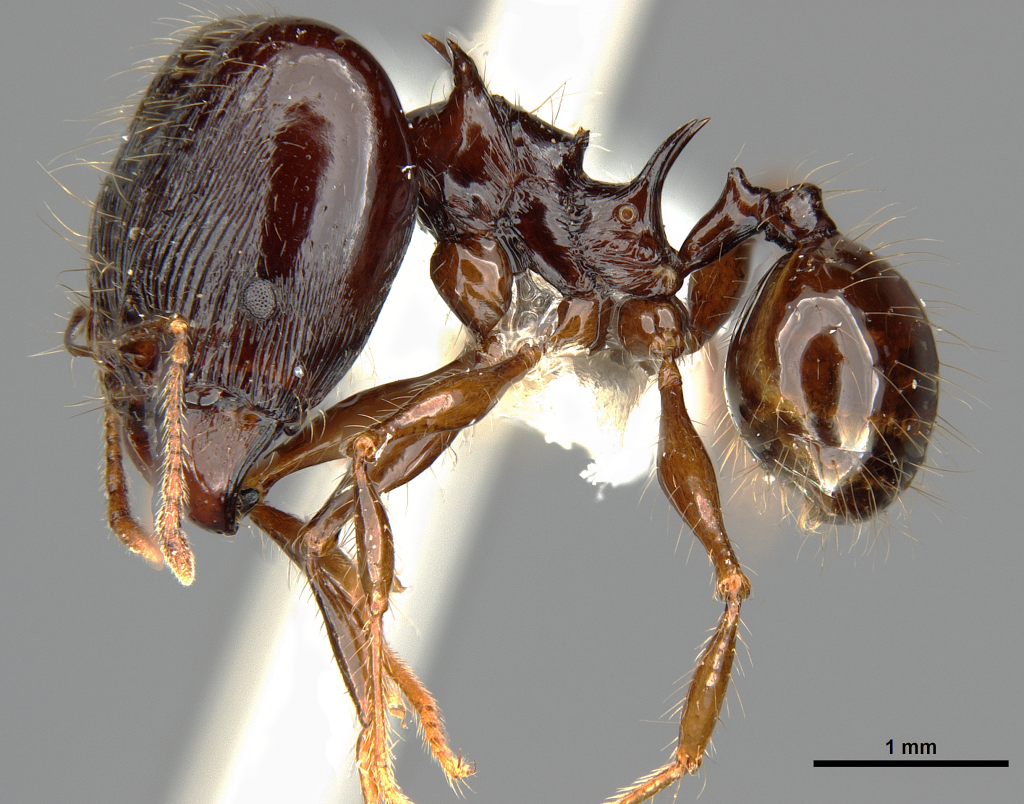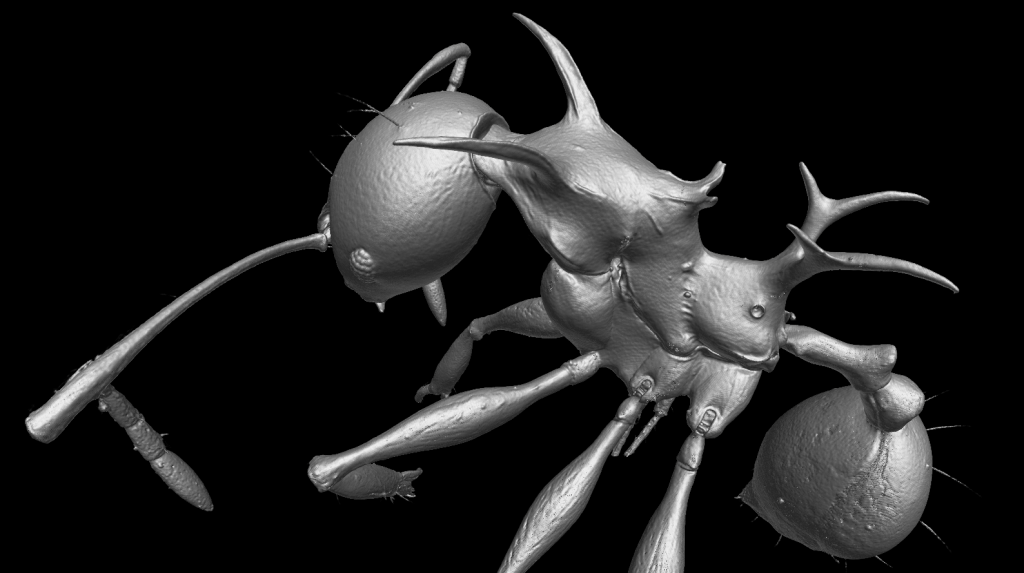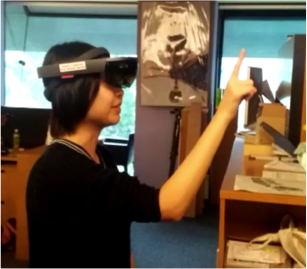
We are pleased to announce a symposium for the OKEON Churamori Project. The symposium will bring together scientists, educators, and community members interested in monitoring and conserving Okinawa’s natural environment. Presentations and discussions will cover ongoing scientific research, citizen science, and environmental education efforts on the island. The symposium is open to all who are interested, please come!
Date: July 29 (Sat). 2017
Location: OIST B250 & Café Grano
Organizer: OIST Biodiversity and Biocomplexity Unit
Admission: Free
Registration: Register from the online form here
Schedule:
<lecture> 13:00-16:00
※ English – Japanese simultaneous interpretation is available
■ Evan Economo (OIST, Project PI)
「Introducing the OKEON Churamori Project: a new environmental monitoring network in Okinawa」
■ Masashi Yoshimura(OIST, Project coordinator)
「A new design of community collaborative project developing in Okinawa」
■ Nicholas Friedman (OIST, Researcher)
「Island song: how acoustic monitoring will help us understand and protect Okinawa’s biodiversity」
■ Koichi Tone (Okinawa Municipal Museum, curator)
「Local environmental research in collaboration with the OKEON Churamori Project」
■ High school research project networks
Hentona High School, Yomitan High School, Ikeda High School
■ Hana Kuroda (Ryukyu Shimpo, writer)
「Please Use the Newspapers for Educations」
<Keynote Speaker>
■ Yoshiaki Hashimoto (Museum of Nature and Human Activities Hyogo, PI)
「Where culture meets nature: Role of Natural history museum to support from nature to culture legacy」
<Panel discussion> 16:10-16:40
<Poster/Display & Teatime> 16:50-17:30
■ Poster display (Kyuyo High School, Futenma High School, OKEON)
■ Display of field sampling devices (OKEON)
■ Hands-on exhibition (Tamagusuku Youth & Children Center, Okinawa Zoo and Museum, Okinawa Biological Club, Naha Nature Conservation Office, Ministry of the environment, Nago Museum and Chatan Town Board of Education)
Cosponsor: The Council for Promotion of OIST
Supporters: Okinawa Prefectural Board of Education,Department of Environmental and Community Affairs, Okinawa Prefecture Government,University of the Ryukyus, Naha Nature Conservation Office, Ministry of the Environment,Ryukyu Shimpo and Okinawa Times


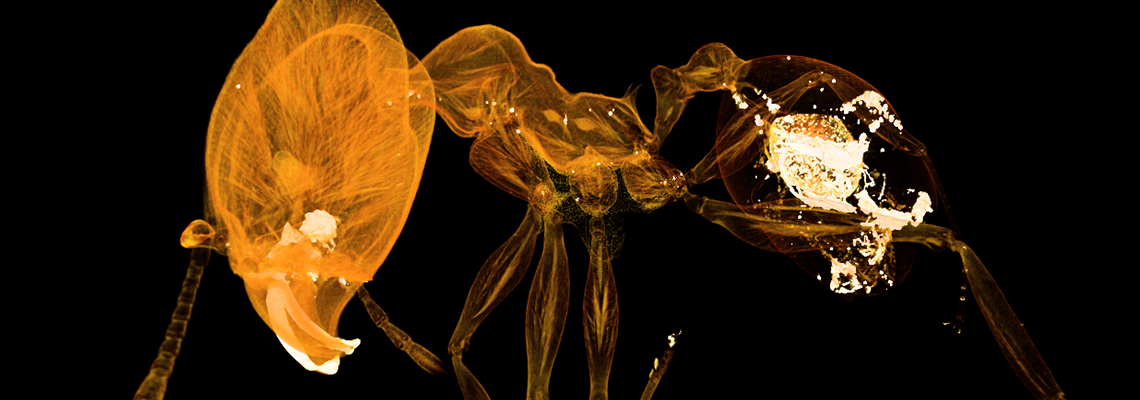

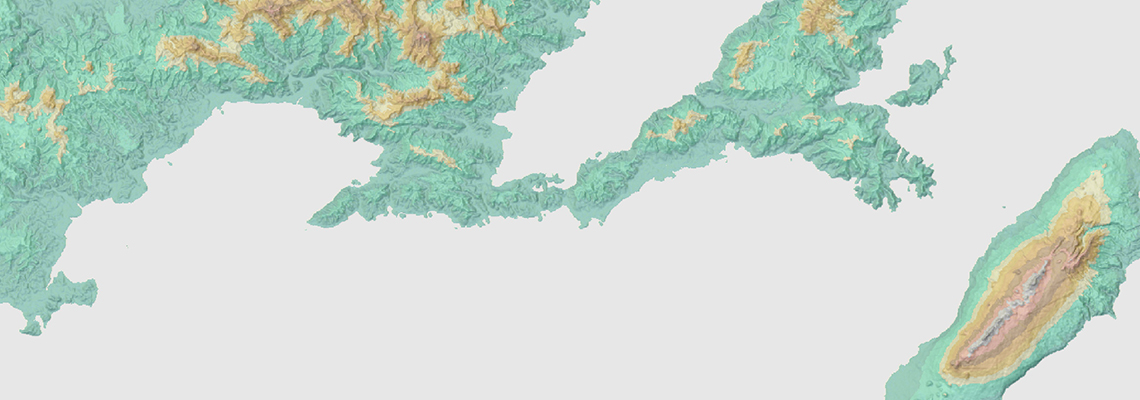

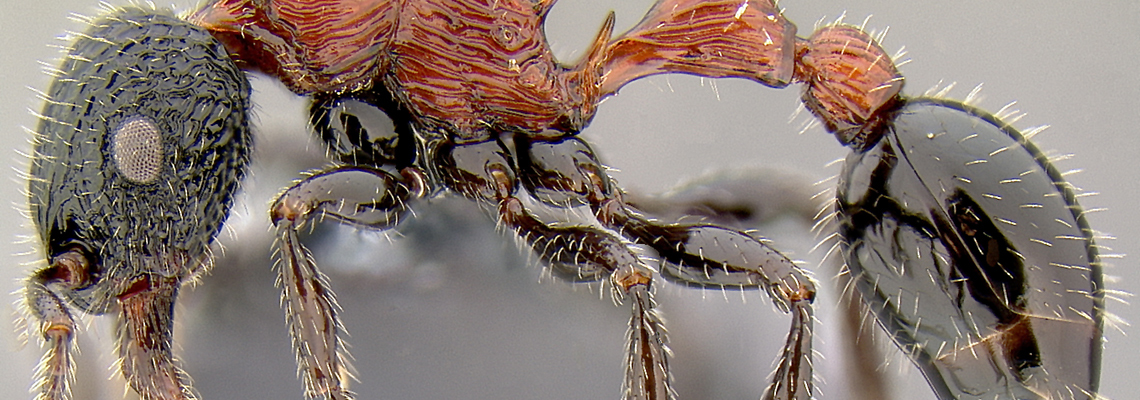
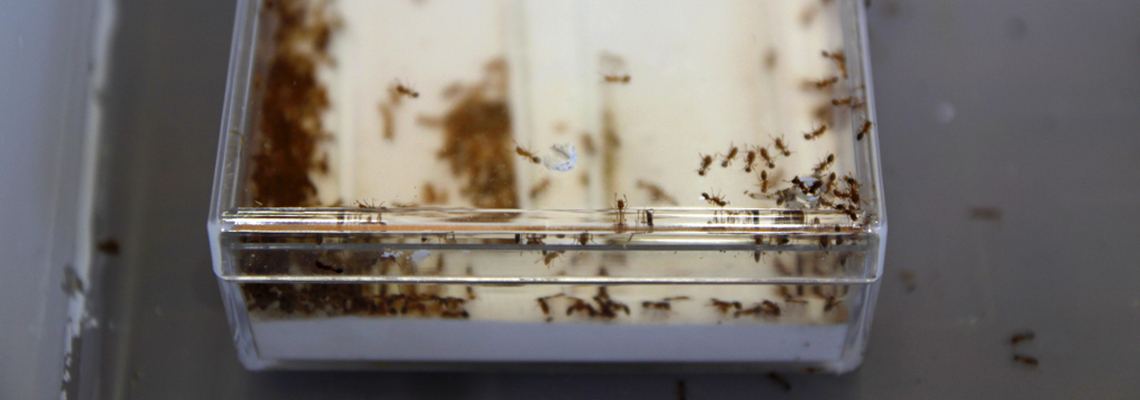
 per out today
per out today 
